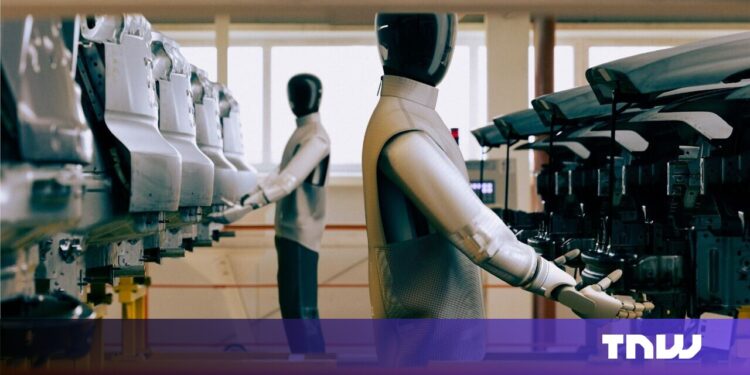Login to Continue Learning
Elon Musk’s Optimus demo at Tesla’s We Robot event highlighted that the spotlight still belongs to the United States when it comes to humanoids. Asia, with China’s rapid developments and Japan and South Korea’s deep legacy in robotics, also garners attention. However, behind the noise, Europe is quietly making progress—potentially far more consequential.
#### Regulation as Strategy
In most discussions about innovation, regulation is seen as a brake or bureaucratic overreach. But in Europe, particularly in AI and robotics, this narrative is changing. With the AI Act now adopted, the EU offers comprehensive legal clarity for high-risk AI systems, including humanoids. This regulatory environment provides clear guidelines, which are crucial for investors and industrial partners who can reliably assess compliance risks.
#### Deployment, Not Demos
While the US relies on Big Tech monopolies to fund innovation and China uses state-driven manufacturing strategies, Europe’s robotics sector is built around modular collaboration. Startups and research labs form well-funded clusters supported by EU-backed initiatives like RI4EU and EIC Accelerator. These programs provide access to testbeds, pilot funding, and collaborative R&D networks.
Europe’s geographic structure also offers a significant advantage: close proximity to real-world use cases such as logistics hubs, manufacturing zones, and retail chains. This proximity helps speed up iteration and align development with the continent’s operational needs. McKinsey estimates that in critical sectors like retail and logistics alone, payroll amounts to $1.7 trillion (€1.55 trillion), making automation highly profitable.
#### A Better Fit for the Future of Work
European regulation also fosters trust by requiring strict safety, transparency, and human oversight standards. This framework is essential for robots operating in sensitive environments like factories, hospitals, or elderly care facilities. Europe’s emphasis on traceability and ethical co-development creates conditions for adoption at scale.
Moreover, European startups design robots to augment rather than displace human labor, promoting a more human-centered approach to automation. They also offer an alternative to the dominant narrative that robots will replace humans in critical roles.
#### Supply Chains and Strategic Independence
Despite concerns about China’s control over 63% of the humanoid hardware supply chain, European OEMs are partnering with creators early on to co-develop hardware components. This strategy can mitigate dependency risks. However, Europe must learn to navigate the global space assertively, as it remains dependent on imports.
#### The Road Ahead
The next phase of humanoid robotics will not be won by whoever moves fastest but by whoever builds best. To achieve this, European efforts should focus on:
1. Strengthening funding and support mechanisms that help innovations advance through later stages of the Technology Readiness Levels (TRL) scale.
2. Forging industrial partnerships during prototyping.
3. Policy agility to fast-track certification while maintaining high safety standards.
The true challenge is whether we can build systems that integrate safely into human environments, uphold public trust, and address real concerns like privacy, transparency, everyday safety, and interaction.
Europe doesn’t need to mimic Silicon Valley or Shenzhen. Instead, it should focus on interdisciplinary collaboration, ethical tech design, and industrial pragmatism. The global humanoid race is a long-term infrastructure project, and if done right, Europe can build the world’s most trusted workforce—one that collaborates with humans and changes the world, one robot at a time.
📚 Reading Comprehension Quiz
According to the passage, what is a key factor in Europe's robotics sector that sets it apart from other regions?
Please login or register to take the quiz and earn points!



















